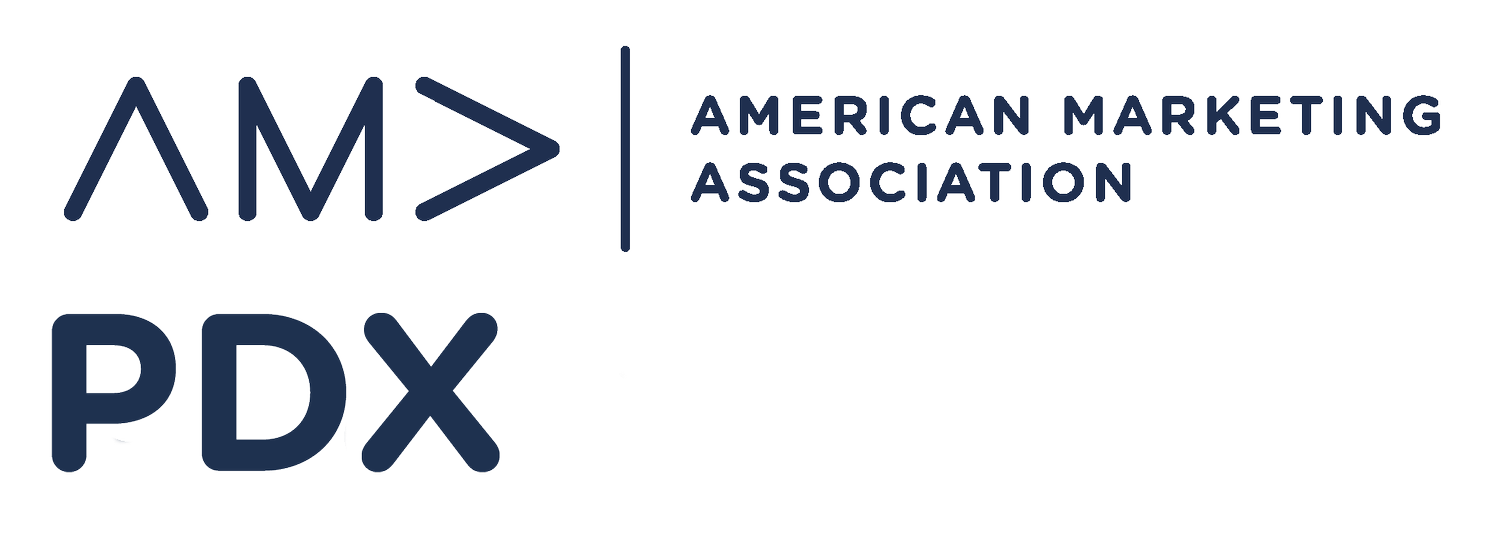Marketing Mindset: Who owns creative content?
What is Intellectual Property? It can be blogs, logos, slogans, photographs, videos, theme songs, websites, you name it – if a creative was behind creating it, then it’s “IP.”
Ownership and right of use of the IP can be murky and oftentimes counterintuitive. However, there are a few key things that you should know to ensure your IP ownership is consistent with what is often an unspoken and potentially precarious agreement.
Who Owns the IP?
Oftentimes a business will use an employee or freelancer to develop a new logo or design a website without ever considering who owns the resulting IP. A commonly held belief is that if a business is paying someone to create something, then the business owns what is created. In truth, this is not always the case.
Employee:
IP created by an employee is typically owned by the employer. Nevertheless, it is always good to reinforce this understanding with employees. One legal-clad approach is for employers to obtain a written agreement that states that: (i) IP created by the employee is owned by the employer; (ii) the employee assigns all rights to the IP to the employer; and (iii) the employee will do everything necessary to secure IP rights for the employer.
Freelancer:
Absent a written agreement stating otherwise, IP created by a freelancer is owned by the freelancer – the business only receives a license to use the IP. This means that the freelancer can reuse any part of the IP for other clients even though the business paid for its development.
Additionally, this license only grants the business the right to use the IP for its specific, intended purpose. An example is if a freelancer creates a logo for a business, the business is granted the license to use the logo, but is not granted any rights to change the logo.
Attorneys often use the term “Work Made for Hire” with respect to freelance-created IP to ensure its ownership by the commissioning business. However, this status only applies if the IP fits certain criteria, such as if it is a contribution to a collective work, or part of a motion picture or other audiovisual work. Additionally, for IP to qualify as Work Made for Hire, it must be specially ordered or commissioned, and there must be a written agreement specifying it is a Work Made for Hire. Long story short: make sure you fully understand Work Made for Hire conditions before using these agreements with any freelancers.
What about Nonprofits?
The same rules apply to nonprofits and for-profit entities. Just remember, volunteers are NOT employees – if anything, they are legally considered freelancers.
Ownership Is Not Always Advantageous
There are, however, some situations where a business does not always need – or necessarily want – to take full ownership of the IP. In certain instances a license defining the limits of use is advantageous to both parties, e.g. it may save the business money and may allow the freelancer to license a smaller portion of a larger work.
Three Keys to Limiting IP Disputes
In summary, there are three key steps a business should take to minimize any ownership conflicts regarding IP:
Get a written assignment of ownership in all IP that the freelancer created;
Define the IP as Work Made for Hire; and
Document the specifics of what the creative was asked to produce.
If you follow these steps, it will minimize the risk of a dispute over IP ownership.
Written by: Jeff Ellsworth, an attorney with Buckley Law PC and focuses his practice in business law, intellectual property law, and estate planning.
